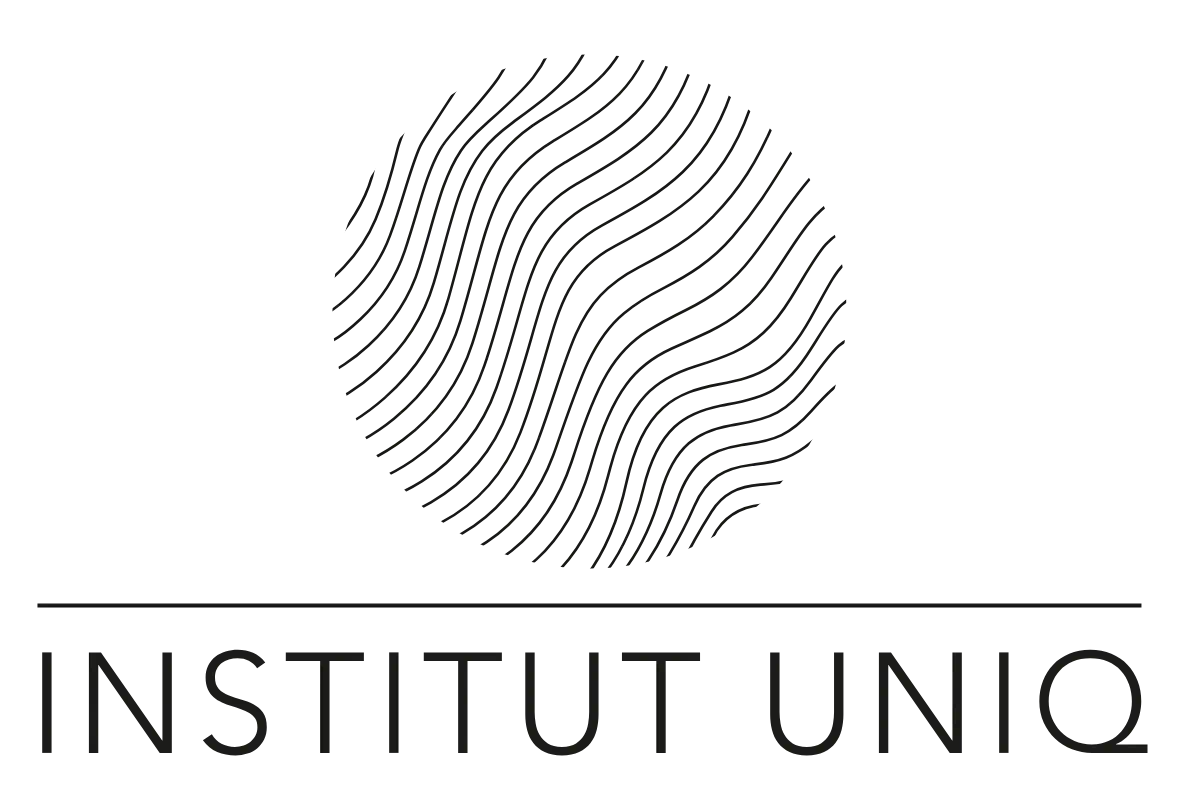 Revision surgery in plastic and reconstructive surgery
Revision surgery in plastic and reconstructive surgery
Revision surgery refers to a repeat operation in plastic and reconstructive surgery to improve the outcome of a previous operation, to achieve the original desired result or to treat complications. Common reasons for revision surgery are inadequate aesthetic or functional results and postoperative complications. Changes such as ageing, weight fluctuations or pregnancy can also influence the result of an operation and make a new correction necessary.
Revisions-Facelift surgery
A revision facelift corrects the results of a previous facelift that was inadequate. The aim is to correct problems that were not treated during the first operation, such as sagging cheeks and neck, mouth corner wrinkles (marionette lines) or complications such as distorted facial features and scarring. Dr. Dirk Richter specializes in corrective facelift surgery. and developed techniques for revision surgery. He runs annual international surgery courses on the treatment of failed cosmetic surgery (SOS surgery courses).
Revisions-Eyelid surgery
Eyelid correction (blepharoplasty) is intended to improve the appearance of ageing and fatigue around the eyes. However, over- or under-correction of a blepharoplasty can lead to aesthetic and/or functional problems that require a repeat operation. Common reasons for eyelid revision surgery are:
- Retraction of the lower eyelid (ectropion): The lower eyelid is pulled downwards and changes the shape of the eye.
- Round Eye Deformity: The outer corner of the eye (lateral canthus) was trimmed during the initial surgery, causing the eye to look and feel different.
- Lack of eyelid closure (lagophthalmos): The eyes cannot be closed completely because too much tissue has been removed.
- Contour irregularities after fat grafting: bumps and unevenness.
- Hollow eye (A-frame deformity): Too much fatty tissue has been removed.
- Eyelid lift corrections: the levator muscle is too long or has been shortened too much
Dr. Richter has made a name for himself internationally as one of the best surgeons for revision eyelid surgery. He has authored numerous peer-reviewed articles and textbooks and has taught his techniques worldwide. Colleagues from all over the world regularly refer patients with complicated cases to Dr. Richter because they know that he will find the right solution with the utmost care and expertise. If you decide to undergo eyelid revision, you can be sure that you will receive the best possible treatment from Dr. Richter. Each patient is individually examined and consulted to create an optimal surgical plan and achieve the best result

